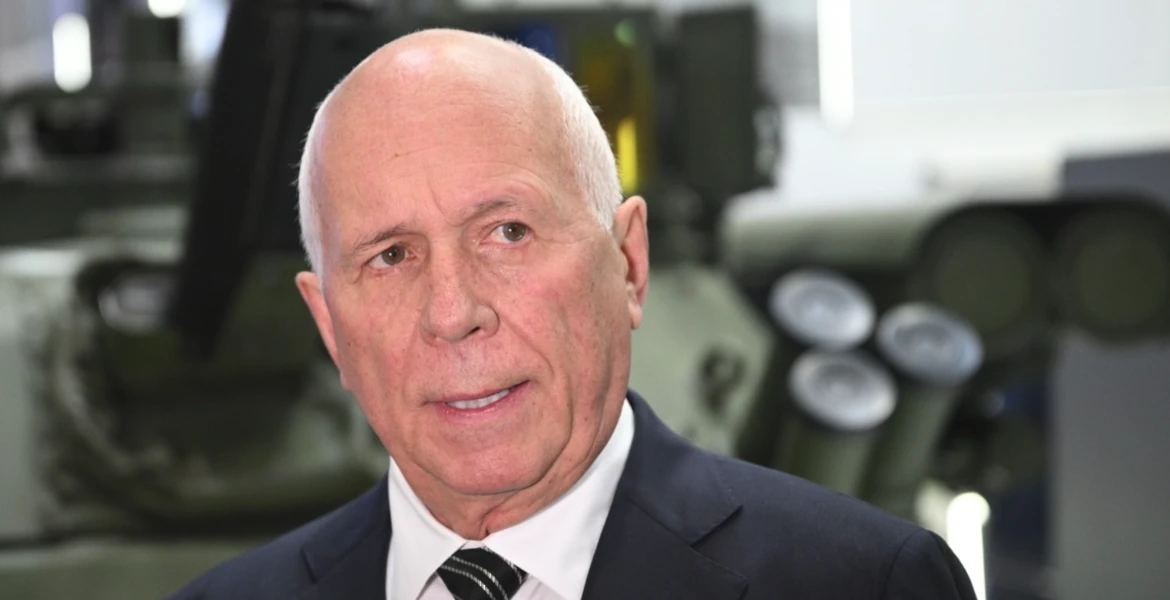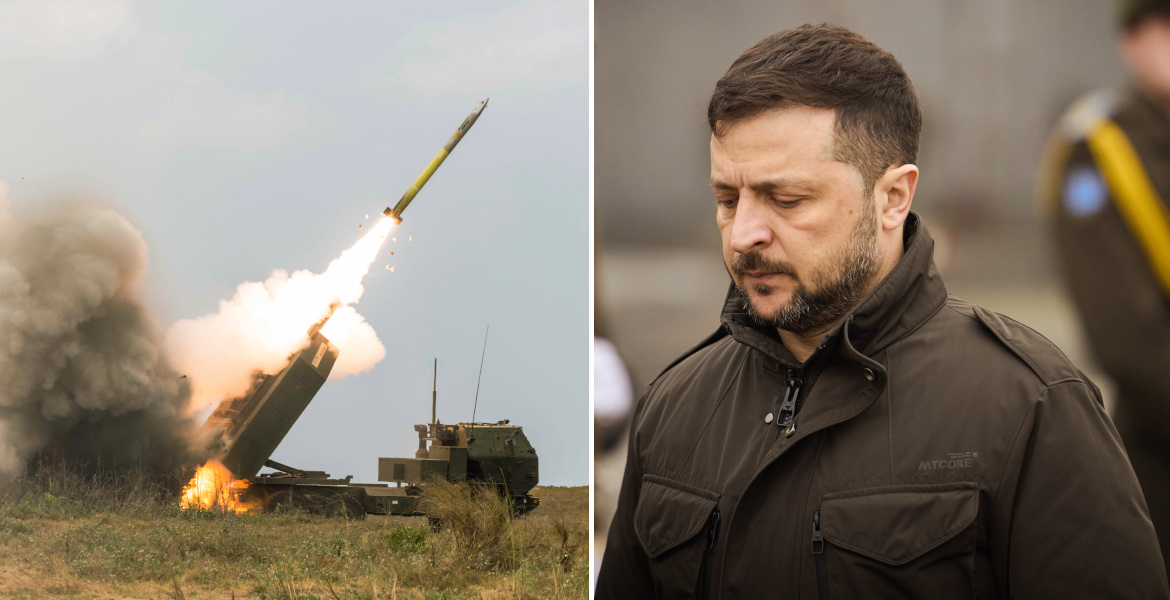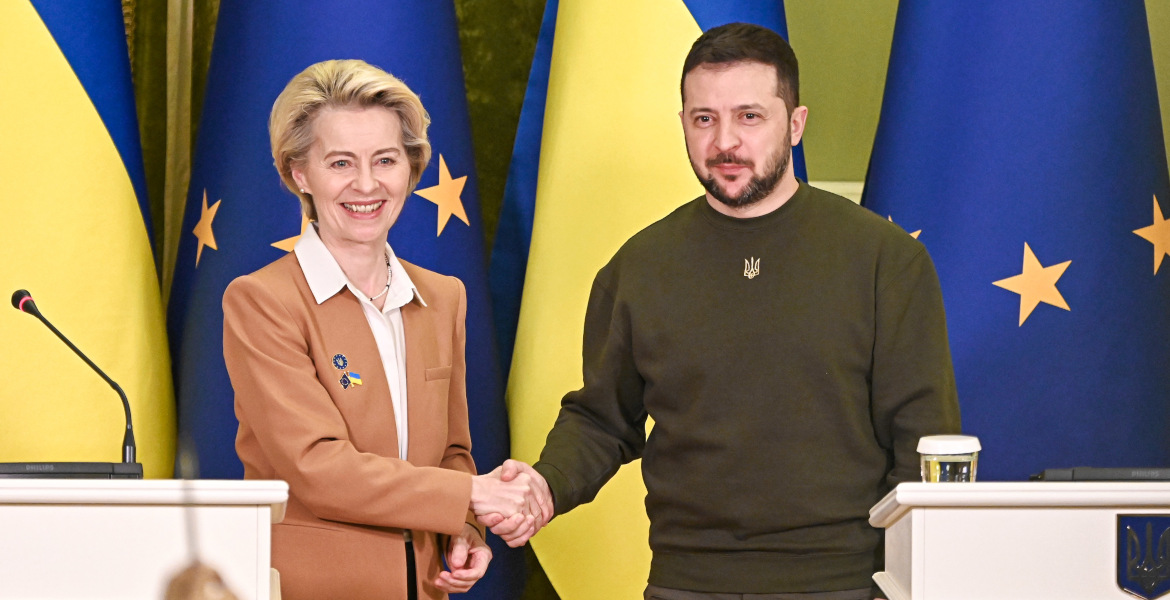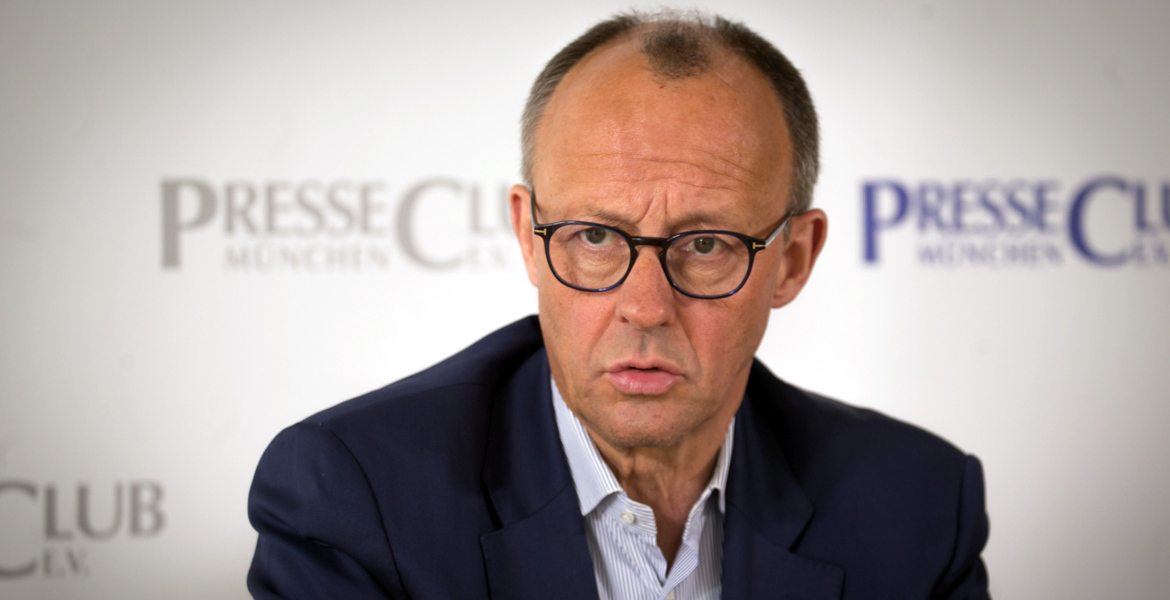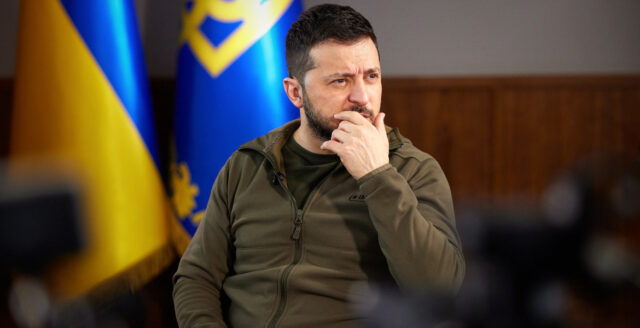On Sunday, the New York Times revealed parts of the CIA's long-running covert operations in Ukraine. Among other things, the US intelligence agency has helped build 12 spy bases along the Russian border and trained and equipped Ukrainian intelligence officers.
In addition, CIA Director William Burns recently visited Kiev, and according to his staff, all indications are that CIA activities in Ukraine will continue into the future.
"Before the war, Ukraine provided intercepts proving Russia’s role in the 2014 downing of MH17. They also helped pursue Russians who meddled in the 2016 US election", the paper writes.
In 2016, the CIA began training what is described as an elite Ukrainian unit that captured Russian drones and equipment to crack Moscow's encryption. A key officer was Kyrylo Budanov, now the head of Ukrainian military intelligence.
The CIA also helped train Ukrainian spies to operate in Russia, Europe, and other places with a large Russian presence.
"Now these intelligence networks are increasingly at risk: If Republicans in Congress end military funding to Kyiv, the C.I.A. may have to scale back", the NYT warns.
But as recently as February, director of national intelligence William Burns made a secret tenth visit to Ukraine to reassure Ukrainian leaders that US support would continue.
The New York Times came out with a bombshell article on Sunday detailing the past ten years of CIA active warfare from within Ukraine against Russia.
From building 12 CIA bases within the country, to instructing on sabotage inside Russia to providing targeting intelligence… pic.twitter.com/IbJvV2IjJU
— Ron Paul (@RonPaul) February 26, 2024
Cooperation began in 2014
CIA-Ukraine cooperation dates back to 2014, when Ukraine's pro-US government took power in a coup after then-president Viktor Yanukovych fled to Russia. At the time, spy chief Valentyn Nalyvaichenko proposed tripartite cooperation with the CIA and Britain's MI6.
But the Obama administration did not want to provoke Russia unnecessarily, and the result has been described as a "delicate balancing act" in which the US would strengthen Ukraine's intelligence services without antagonizing Moscow.
In Kiev, spy chief Nalyvaichenko chose his aide, General Kondratiuk, as head of counterintelligence. Together they created a paramilitary unit to conduct operations and gather intelligence that the CIA/MI6 could not provide.

In 2016, the CIA began sending encrypted radios and equipment to intercept communications. The CIA also oversaw Operation Goldfish - a training effort to teach Ukrainian officers to assume false identities and steal Russian state secrets.
Bases on the Russian Border
Operation Goldfish officers were soon deployed to 12 newly constructed operational bases along the Russian border. From each base, the Ukrainian officers led networks of agents gathering intelligence in Russia. The graduate officers also trained sleeper agents for future guerrilla operations should the country be occupied.
When Ukraine discovered that Russia was using attack helicopters in Crimea, general Kondratiuk sent a team led by lieutenant colonel Budanov to plant explosives without CIA approval. Dressed as Russians, they crossed the Persian Gulf but were met by Russian commandos. After casualties on both sides, the team withdrew.

Kondratiuk was fired, but Ukraine continued similar operations. A day after Kondratiuk's resignation, for example, a mysterious explosion in Russian-occupied Donetsk killed a senior Russian separatist commander.
Trump's election in 2016 reportedly made Ukraine and the CIA nervous, but his neoconservative staffers soon returned to Kiev to underscore their support and expand training and basing. The partnership also soon led the CIA to want to replicate it and work similarly with other European agencies opposed to Russia.
"Lethal Operations"
In late 2022, the CIA and MI6 warned Ukraine that Russia was planning a full-scale invasion to overthrow the government and install pro-Kremlin leadership. At the behest of CIA director Burns, a small group of officers remained in the hotel in western Ukraine after the American evacuation. After the invasion, the CIA officers at the hotel were the only American presence, sending daily intelligence updates to Ukraine.
"The old handcuffs were off, and the Biden White House authorized spy agencies to provide intelligence support for lethal operations against Russian forces on Ukrainian soil", writes the NYT.
Official Narrative update: the idea that the CIA has been deeply involved in Ukraine for over a decade waging a secret war against Russia is no longer a conspiracy theory. pic.twitter.com/sxv2472VqY
— David Sacks (@DavidSacks) February 25, 2024
When Russia's assault on Kiev stalled, the CIA returned and sent more officers. In July 2022, Ukrainian spies reported that Russian convoys were crossing a key bridge. CIA/MI6 quickly verified the data via satellite, allowing Ukraine to destroy the convoys with missiles.
A CIA official confirmed to the newspaper that CIA director William Burns' recent visit to Kiev signals that US involvement in Ukraine will continue.

